Support » Technology Center
Support
- Contact Us
- Warranty Policy
- Return Policy
- Product Evaluation
- Privacy Statement
- GSA Pricing Schedule
- SAE AS5553 Conformance
- Technology Center
- Connector Pinout
- Online Catalog
- Knowledge Base
- Editorial Contact:
- Sabrina Davila
- sabrina.davila@ntigo.com
- Phone: 330-562-7070
- Fax: 330-562-1999
KVM and Video Extenders Protection from Electromagnetic Noise
- KVM (keyboard-video-mouse) extenders via CAT5 may be used to remove computers from harsh or sensitive environments, or to restrict physical access to the computer. Video extension products such as VGA, DVI, S-Video or HDTV extenders via CAT5 are used to extend video displays. Each extender consists of two units - the local and remote unit, which are interconnected using a CAT5/5e/6 cable.
- The low cost and easy installation of twisted pair cables such as, CAT5, CAT5e or CAT6 cable, have made them a popular choice over traditional coax cables for transmitting KVM and AV signals. However, using a type of twisted pair cable that is unsuitable for your installation environment can lead to erratic keyboard or mouse performance, data loss, and picture quality degradation, effectively undermining the purpose of your workstation or video extension.
- One of the causes of signal and video quality loss when using a twisted pair cabling infrastructure is an installation environment with extreme levels of Electromagnetic Interference (or EMI, also called Radio Frequency Interference or RFI).
-
Electromagnetic Interference
Electromagnetic interference is an unwanted disturbance caused in an electrical circuit by electromagnetic radiation emitted from an external source. - All electronic and electrical devices produce electromagnetic radiation during operation. The current flowing in a circuit generates a magnetic field. The potential difference or voltage necessary for the current to flow, produces an electric field. Strong electrical and magnetic fields can cause one electrical device to affect another. When this is unintentional, it is known as electromagnetic interference, commonly abbreviated as EMI.
- Electromagnetic interference can disrupt the normal operation of electronic equipment. Normal levels of EMI such as those generated by computers, switches or routers will not affect NTI KVM and video extenders. However, extreme levels of EMI in the environment can interfere with the signal transmission. This can lead to video distortion and image loss. The longer the cable and the less attention paid to cable installation, the more likely is the effect of the EMI.
- Some common sources of extreme EMI in a building include air-conditioners, elevator motors, generators, radio transmitters and welders. Installing the cables near large power transformers or in close proximity (less than one foot) of fluorescent lights can also cause problems with EMI.
-
How EMI affects Video Signals
EMI affects both audio and video signals. In audio signals, it obscures low level detail and ambient information. In video signals, the interference distorts the signal and is manifested in different ways. Figure 1 shows an image with no interference. Figure 2 represents a video signal waveform with no interference. -
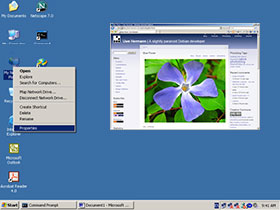
Figure 1: Normal Picture - No Interference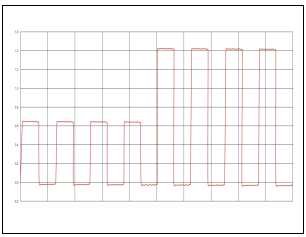
Figure 2: Representation of a Video Signal without Interference - Noise from sources such as air-conditioners, elevator motors, generators etc. is manifested as lines of noise or spots, as shown in Figure 3. This is caused by the electric and magnetic fields generated in the motor as it is running. The larger the motor, the larger the electric and magnetic fields will be. Rapidly turning the motor on and off can also cause interference. Figure 4 shows a video signal waveform with interference from a motor.
-
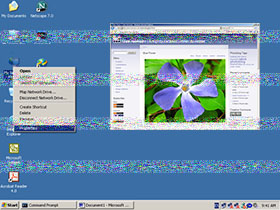
Figure 3: Interference Caused by a Motor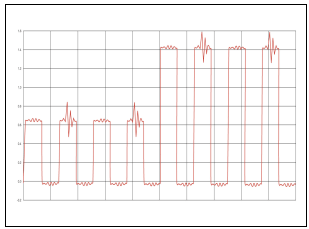
Figure 4: Representation of a Video Signal with Interference from a Motor - A torn and distorted image as shown in Figure 5 is caused by running the cables in the vicinity of sources of strong magnetic fields such as large power transformers and fluorescent lights. The cables have to be in close proximity (less than 1 foot) of fluorescent lights for interference to occur. Figure 6 depicts a video signal waveform that is affected by a large magnetic field.
-
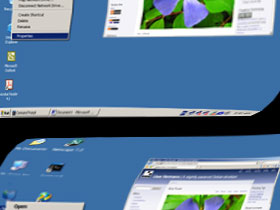
Figure 5: Interference Caused by Flourescent Lights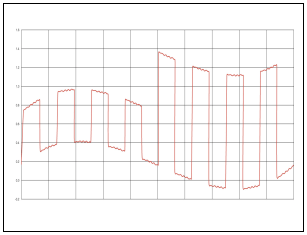
Figure 6: Representation of a Video Signal with Interference from a Magnetic Field - A visible pattern of interference lines as shown in Figure 7 is result of interference from sources such as radio transmitters. The radio signal needs to be strong and nearby for it to interfere with the video signal being transmitted on a twisted pair cable. Figure 8 shows a video signal waveform with radio transmitter interference.
-
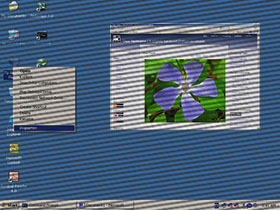
Figure 7: Interference Caused by a Radio Transmitter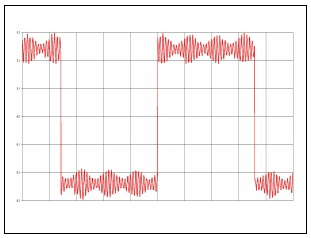
Figure 8: Representation of a Video Signal with Radio Transmitter Interference -
Protecting Video Signals from EMI
A simple and cost effective way to prevent EMI from interfering with signal transmission is to use shielded cable to transmit the signal. Cable shielding is offered in a wide range of designs. Each type of shielded cable construction offers distinct advantages that need to be carefully considered when selecting the best and most cost-effective option for a given application. -
Braid Shields:
Braid shield on a twisted pair cable, shown in Figure 9, provides effective shielding at audio, as well as RF ranges. It also provides excellent structural integrity while maintaining good flexibility. Braid shields are better than foil for minimizing low frequency interference and have lower DC resistance. -
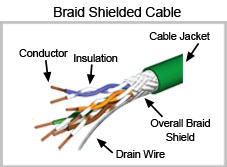
Figure 9: Braid Shielded Twisted Pair Cable -
Foil Shields:
A foil shield on a twisted pair cable, shown in Figure 10, offers excellent protection against electromagnetic interference at audio and radio frequencies. They weigh and cost less than braid shields. -
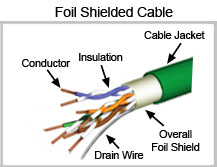
Figure 10: Foil Shielded Twisted Pair Cable - Due to their small size, foil shields are commonly used to shield individual pairs of multi-pair cables to reduce crosstalk. Drain wires are generally used with foil shields to ease termination to the shell connection on the connector.
-
Combination Foil/Braid Shields:
A twisted pair cable with a combination foil/braid shield, shown in Figure 11, provides maximum shield effectiveness across the frequency spectrum. The combination foil/braid combines the advantages of 100 percent foil coverage with the strength and low DC resistance of a braid. -
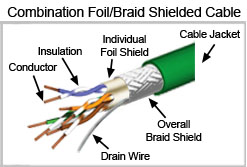
Figure 11: Foil and Braid Shielded Twist Pair Cable -
How Shielding Helps Reduce EMI Problems
Reflection and absorption are the primary ways in which shielding significantly reduces the EMI strength on the signal carrying conductors inside a shielded twisted pair cable. Figure 12 is a representation of how the cable can reflect the high frequency EMI such as from a radio transmitter. The same shield will also absorb some of the energy of the radio transmitter EMI, further reducing the amount of EMI that makes it to the inner twisted pair conductors. When properly installed with shielded connectors to grounded equipment, the shielding redirects a small amount of the electromagnetic energy. These effects of reflection, absorption, and redirection make shielding very effective at reducing problems from high frequency interference. -
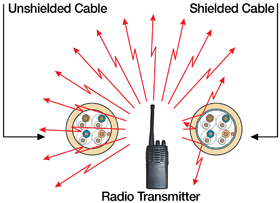
Figure 12: Representation of Braid or Foil Shielded Cable Reflecting EMI - The best way to protect against EMI from low frequency magnetic fields, such as those from a motor or a large transformer, is to provide sufficient distance between the cable and the source of the interference field. Cable shielding has only limited effectiveness at preventing interference problems from lower frequency magnetic fields. Instead of reducing a magnetic field by reflection or absorption, the cable shielding produces a magnetic field in opposition to the interfering lower frequency magnetic field. This has the result of reducing the intensity of the changing magnetic field which reaches the twisted pair conductors. Figure 13 is a representation of how shielding can reduce the strength of this type of interference from reaching the internal twisted pair conductors.
-
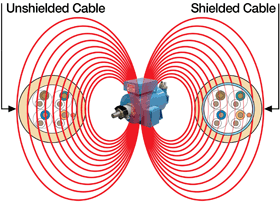
Figure 13: Cable Shield Reduces the Intensity of EMI inside the Cable -
The Bottom Line
If you have an electromagnetic noise problem, it is recommended to use shielded cable. When dealing with only higher frequency electromagnetic noise such as from a radio transmitter, a foil shielded cable provides adequate protection. To achieve effective shielding against low frequency electromagnetic fields such as from an electric motor, a braid shield or a combination foil/braid shield is necessary. If you are unsure about the type of electromagnetic noise, it is recommended to use a combination foil/braid shielded cable because it provides the best protection against the widest range of electromagnetic noise.